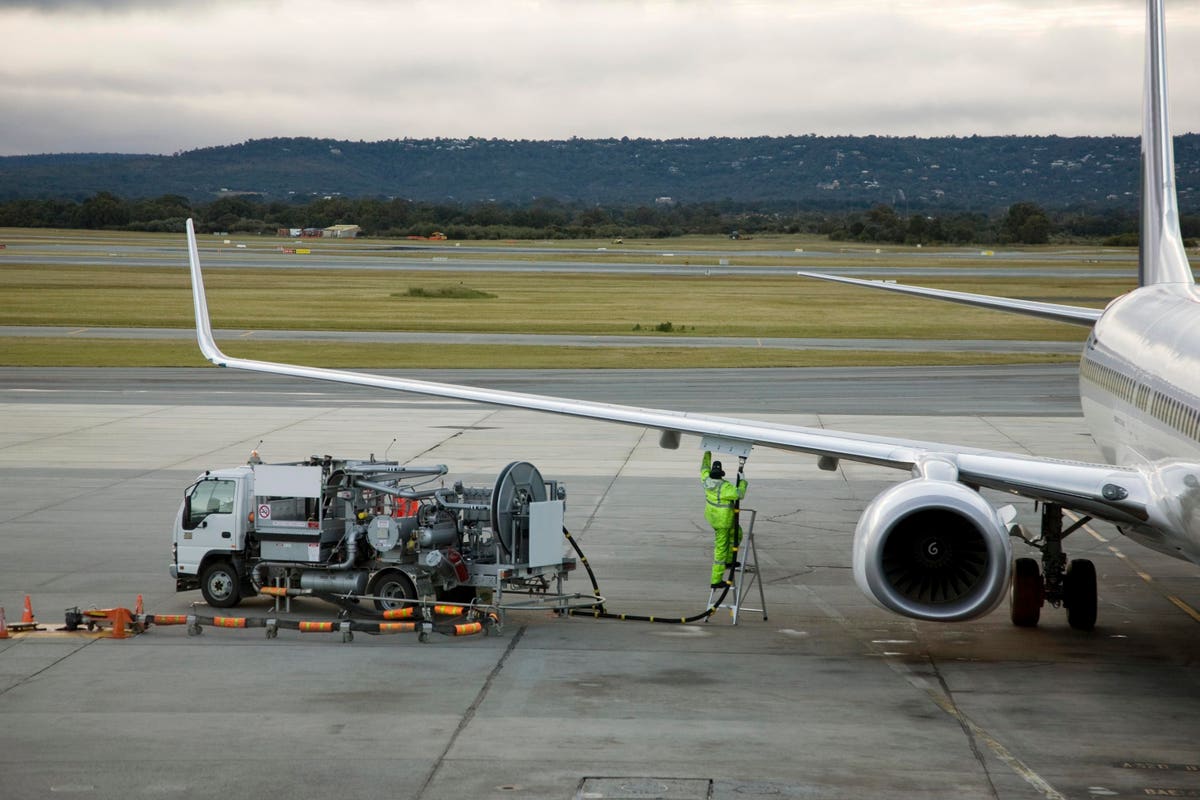With global crude oil prices comfortably above $80 per barrel, it was only a matter of a trading session or two before the uptick was reflected in the distillates market. But the visible spike in the price of one product – jet fuel – is not just down to Saudi Arabia and Russia’s crude oil production cuts totalling 1.3 million barrels per day (bpd).
According to International Air Transport Association (IATA) and S&P Global Commodity Insights data, jet fuel prices averaged $119.82 per barrel for the week ending Friday (August 4, 2023) compared to $97.78 for the week ending July 7, 2023. That’s a near 23% rise in less than a month. And squaring a $119.82 price against the corresponding week’s closing dated Brent crude oil price of $85.55 per barrel would indicate a weekly average crack spread of $34.27.
But a deeper examination of the latest air passenger data and trends suggests much of the sentiment is being driven by the noteworthy buoyancy of the Asia Pacific air travel market.
The latest figures published by IATA are particularly illuminating. In a market update provided on Monday (August 7, 2023), it noted that total global air traffic in June 2023 rose 31.0% compared to June 2022.
Furthermore, global traffic at the end of Q2 2023 was at 94.2% of pre-COVID levels. For the first half of 2023, total traffic was up 47.2% compared to the year-ago period. Such figures are broadly indicative of the industry’s post-Covid recovery largely sustaining its momentum. And a regional break-up of figures indicates that airlines in Asia Pacific had a 128.1% increase in June 2023 traffic compared to June 2022.
That’s the largest percentage gain on an annualized basis among global regions by some distance. Regional capacity in Asia Pacific also climbed 115.6% and the load factor increased by 4.6 percentage points to 82.9%.
Furthermore, while growth in other regions may not have been quite as spectacular as that of the Asia Pacific region, it is nonetheless impressive. Carriers from Europe (14%), Middle East (29.2%), North America (23.3%), Latin America (25.8%) and Africa (34.7%) – all posted growth for the comparable period.
Of course, even though the Asia Pacific region appears to be having the biggest impact on jet fuel market sentiment, it is reasonable to expect what is unfolding in pricing terms as air passengers return in relatively higher numbers over the Northern Hemisphere’s summer travel season.
The rise in jet fuel prices does have region specific influences too. For instance, in the case of Europe, IATA and S&P Global Commodity Insights note that middle distillate prices, including for jet fuel, surged due to a combination of local refinery issues and lower diesel arrivals from East of Suez. And U.S. jet fuel prices rose toward the end of Q2 2023 due to refinery disruptions exacerbating a tight supply situation to the Atlantic Coast.
But the international travel and tourism industry is continuing its unmistakable recovery run to pre-pandemic levels at a time when crude oil supply is tightening or at least there are perceptions that it is. Since overall demand remains the key driver, expect many carriers to revisit their fuel hedging strategies sooner than they would have liked. Those ahead of the curve are likely to feel the fuel pinch less.
Read the full article here





